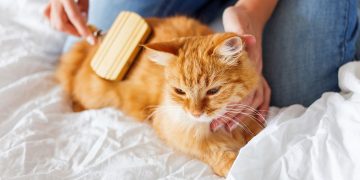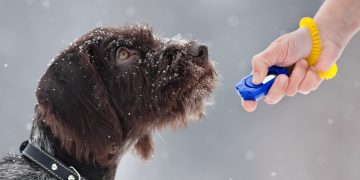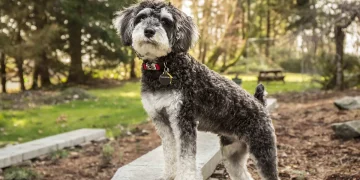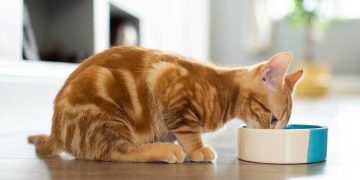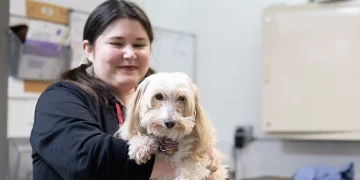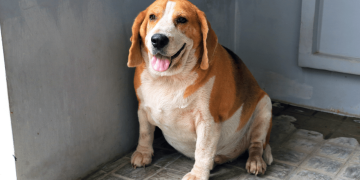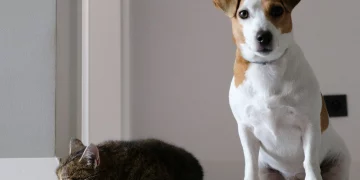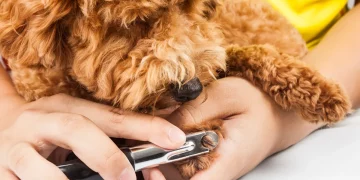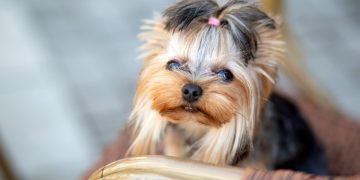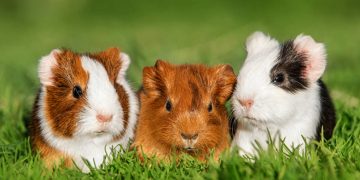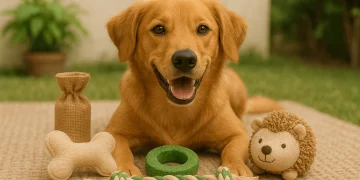The Polei is a medium-sized sheepdog that has been in Hungary for hundreds of years.
The distinctive dreadlocks of hair make the Poli stand out in the dog world. The puli‘s rope-like hair can grow quite long, and the hair may eventually reach the ground, hiding the legs and making the puli appear to be floating on the ground. The real purpose of the puli’s hair is: this dog was bred in Hungary to herd sheep, and the thick, furry, rope-like coat of hair protects it from bad weather and any predators (such as wolves). )s damage. Features of the Polly These charming dogs make great family companions.
Polly dogs are friendly, energetic, and playful. They love to have fun, but are also great at reading your mood and knowing when you need a snuggle. They are active and playful in high adulthood. The Polly gets along well with other dogs and loves to play with children, as long as the children are taught to respect the dog and not have dreadlocks. May or may not get along with cats, depending on the individual dog and whether they are housed together. History of the Polly According to uncertain sources, the Polly may be a descendant of the ancient Tibetan dog. The Polly, or the Polly Sheepdog, has been an integral part of the Hungarian Shepherd for over 1,000 years. When the Magyars arrived in Hungary, they also brought some sheepdogs to Hungary by the way. The larger breeds are similar to the Cumondo and Kuvasz, and the smaller ones are similar to the Polei.
Aside from the coloration, the Polly is very similar to the Tibetan Terrier, and there is good reason to believe that the Polly’s base lineage comes from the Tibetan Terrier. Of course, in Hungary more of the Boles are guard dogs, watchdogs, and companion dogs, so we’ll find groomed coats. This coat is superior to the unique interweaving coat that the Poli is truly inherited. But regardless of the style of the coat, the Puli’s exuberant energy and agility make it a good fit for domestication, as well as in hilly areas. Boles The quick, docile and water-resistant coat of the Boles (“leaders” in the Hungarian Magyars parlance) is undoubtedly almost the ancestor of the poodle.
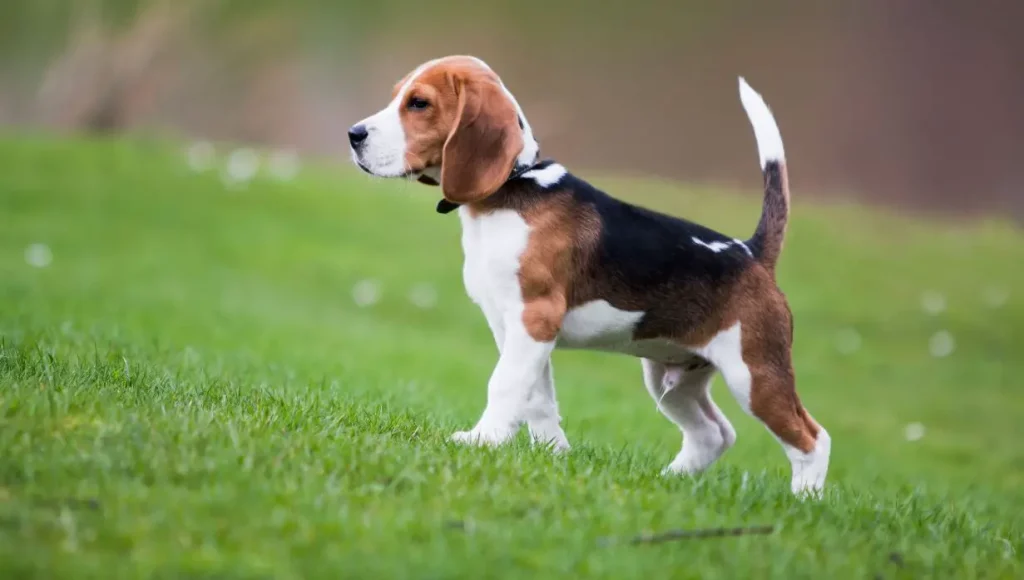
For centuries, the Polei has been used to herd sheep and guard farms in Hungary. Naturally protective and vigilant, today’s Polly retains its guarding instincts, as well as the instinct to gather and drive a flock of sheep. If there are no sheep around, the Polly is not fussy. They will herd family pets, children, chickens—just about anything that moves. In the 20th century, Hungarian shepherds continued to carry out careful breeding in order to improve their working ability. World War II virtually ended dog breeding in Hungary, but by that time the Polei had been bred as a companion dog. A group of Hungarian dogs abroad, especially in North America, formed the Puri. This adaptable dog is willing to take care of sheep and can be easily trained as a water-seeking dog. It is a medium-sized dog and its striking appearance makes it impossible to confuse it with other breeds. Its thick, messy fur is very recognizable. Polite care and grooming is probably the biggest challenge of owning a Polite, more so than exercise and training. If you have a puppies, you can choose whether to tie the fur on a leash, pull it out, or cut it off. For convenience, many pets go without a leash, as maintaining dreadlocks requires a lot of work. Exercise Under all this hair, the Polly is athletic and energetic. It takes a lot of daily exercise and mental stimulation to be happy. While long walks (aim for an hour a day), hikes, and a game of ball picking can do the trick, many Bolly owners engage in organized dog sports such as herding, agility, flyball, and obedience. It is also a sheepdog and needs a large fenced yard to run around and dissipate all its energy.
The puppies’ hair ropes form naturally, starting when the puppy is about nine months old. A coat will be needed to help separate the pad from the skin. Feeding needs to guide the fur coat so that it is properly tied and does not turn into a giant cushion. Bathing the rope requires special skill and patience, as it takes a long time to wet the rope and rinse the soap thoroughly. Drying is the real challenge – it can take hours – like drying a cardigan – first wring out the cord from the end, then use a towel to squeeze out more moisture. Some owners use special cage dryers for dogs, but you can use a hair dryer and absorbent microfiber towels to get the job done. It is crucial to ensure that the hair ropes are thoroughly dry after bathing, otherwise the damp hair ropes will get moldy. If you choose to have your bulli brushed or trimmed without leaving a hair cord, it is important to thoroughly brush the dog from the skin at least once a week to prevent mat formation. The hair above the eyes can also be trimmed to help the dog see better.
Polly dogs are very intelligent, easy to train, and with a positive approach, there are many interesting tricks that can be taught to these dogs. Early socialization of the puppy is important to curb the breed’s natural vigilance towards strangers and to help the puppies grow into a confident adult dog. Common Health Issues Like most purebred dogs, Puli dogs are prone to a number of genetic conditions. A responsible owner would do well to test an adult dog before raising it to avoid the spread of genetic diseases. Diet & Nutrition Since the breed is prone to certain inherited joint disorders, a veterinarian can advise you on the best foods for the breed. . It is important not to let your Puli become overweight. Use a measuring cup or scale to feed pre-determined meals to make sure your puppies don’t consume more than they need. Keeping the bowl full all the time can lead to snacking and overeating.



